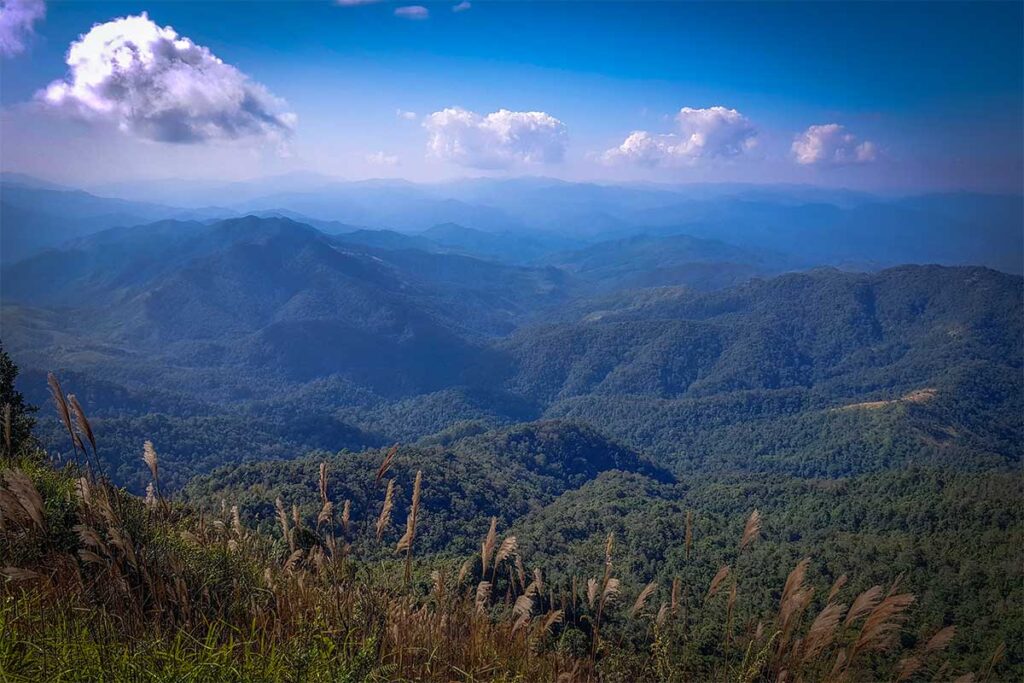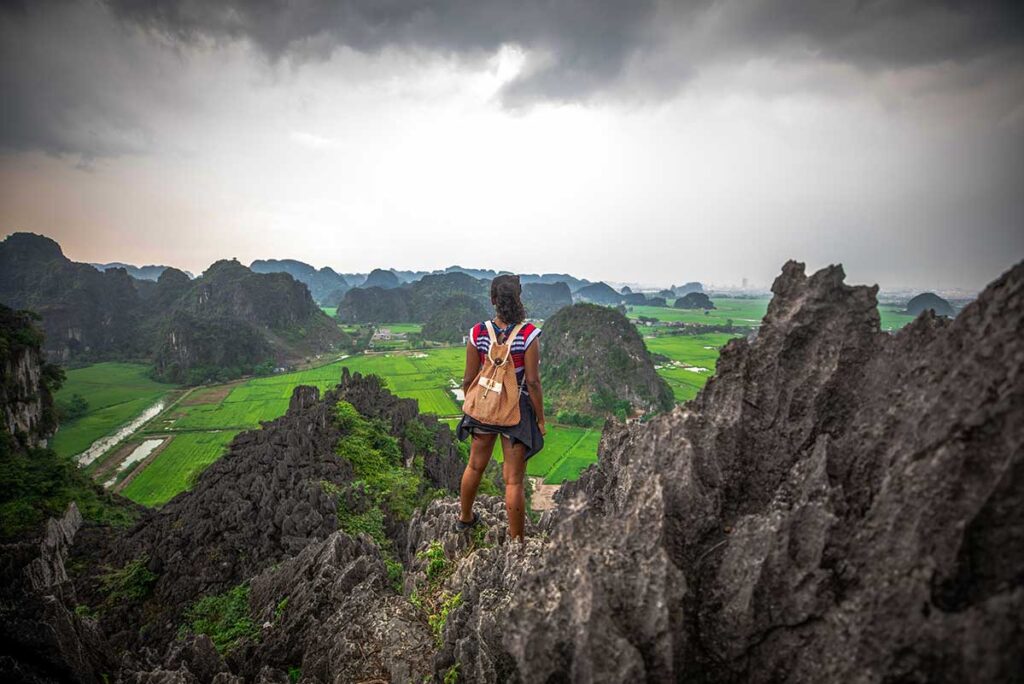What is A Pa Chai Like?
A Pa Chai is a remote commune in Muong Nhe District, far northwest Dien Bien Province, located near the rugged Khoang La San mountain range. It’s home to several ethnic minorities—most notably the Ha Nhi people—who live in scattered villages and farm the surrounding hills. The name “A Pa Chai” in Ha Nhi language means “flat, vast land,” reflecting the highland plateau where the village sits.
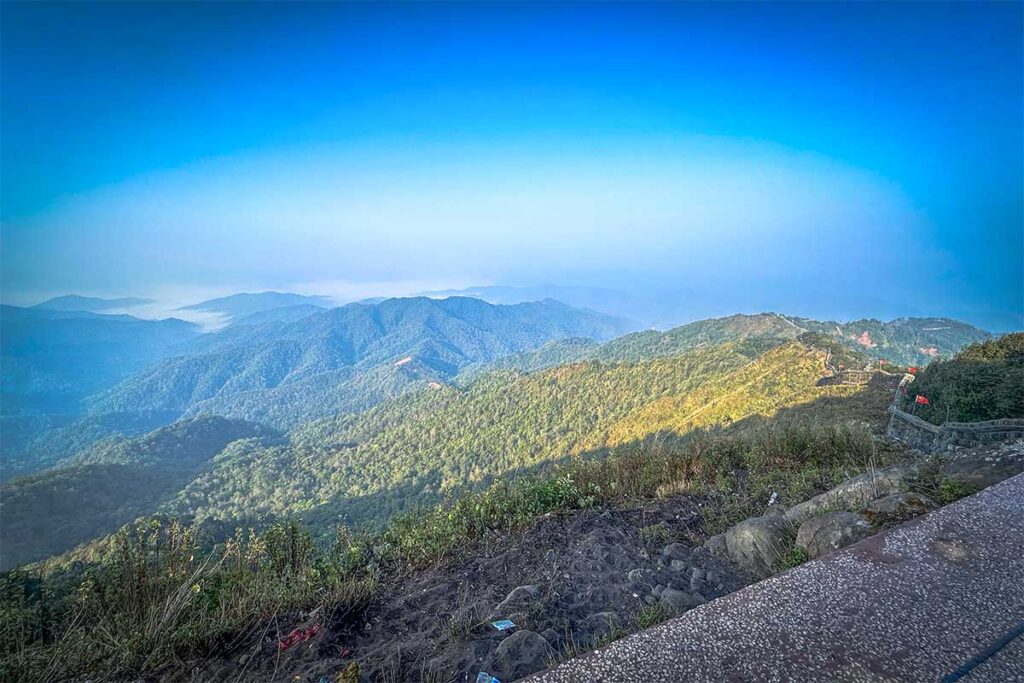
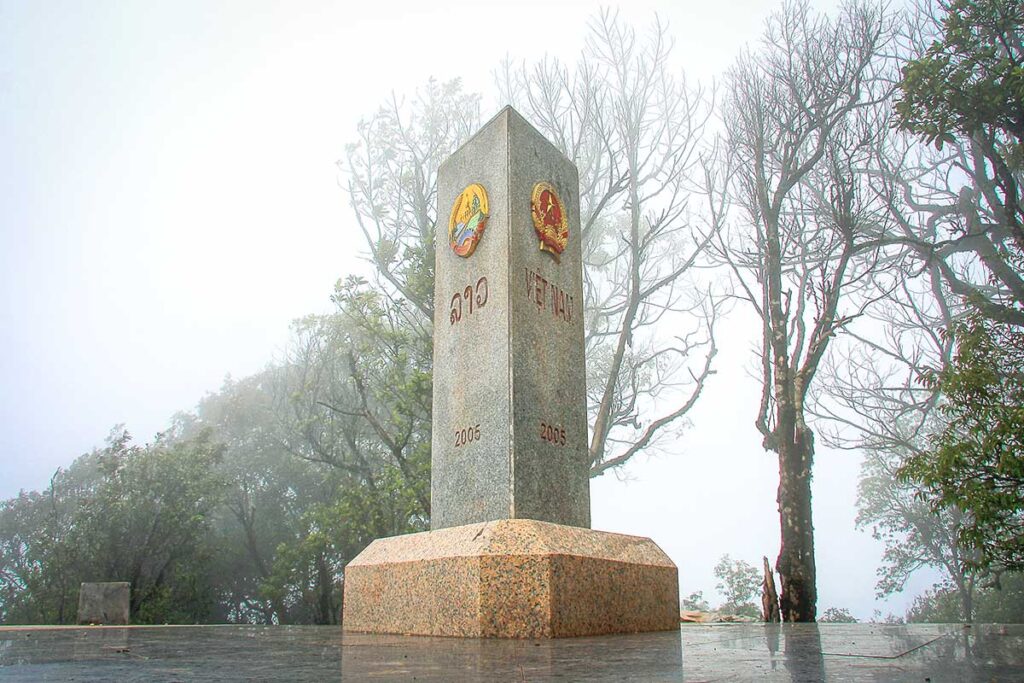
This is one of the most off-the-beaten-track places you can reach in Vietnam. Infrastructure is minimal, access is limited, and very few travelers make it this far. A Pa Chai borders both China and Laos, and it’s best known for the nearby “Landmark 0,” a rare tri-border point where all three countries meet.
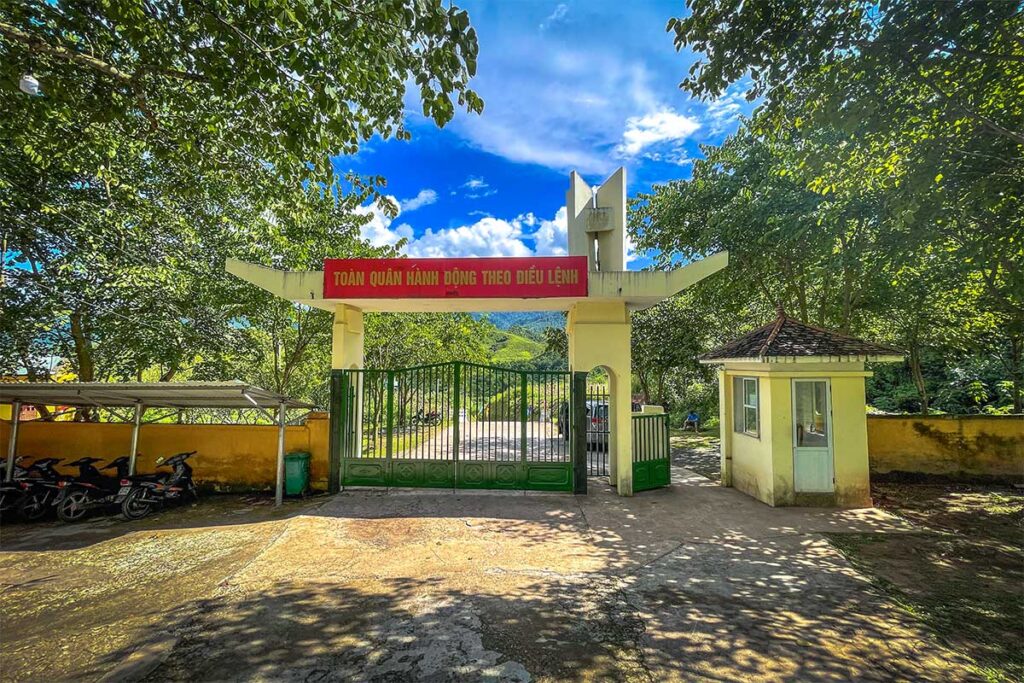
However, it’s important to know that the actual border area—including Landmark 0 and some nearby gates—is often off-limits to foreigners, even with proper identification. This kind of access restriction isn’t unusual in Vietnam; Ha Giang was similarly closed to international visitors for years. Whether that makes A Pa Chai worth visiting depends on what you’re looking for—but it’s undeniably one of the most authentic and untouched regions in the country.
Things to See and Do in A Pa Chai
1. Landmark 0 – The Westernmost Point of Vietnam
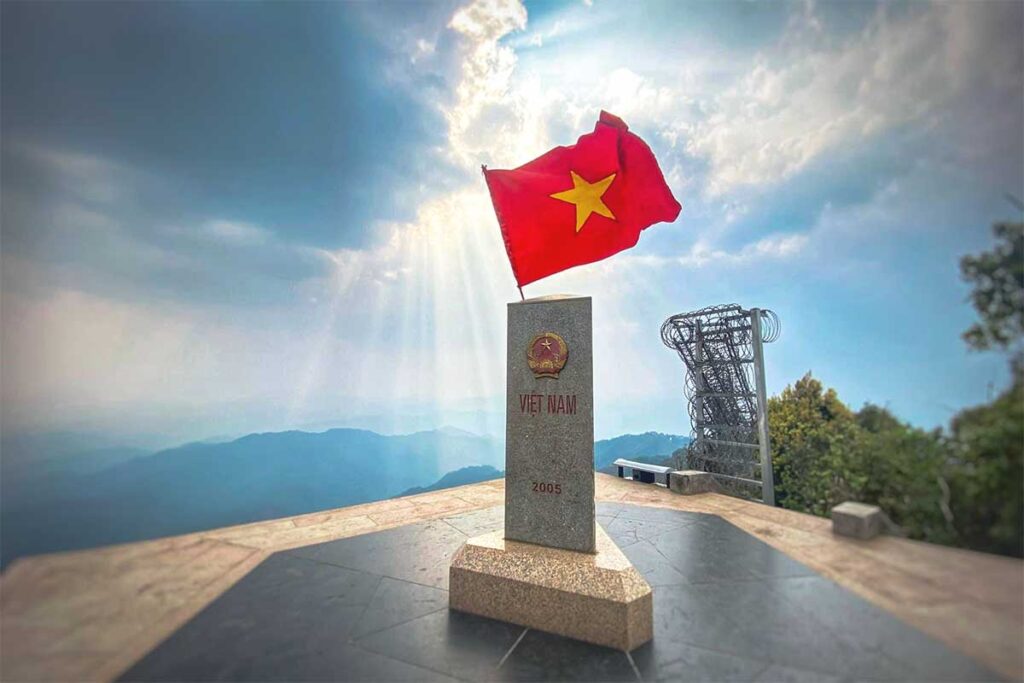
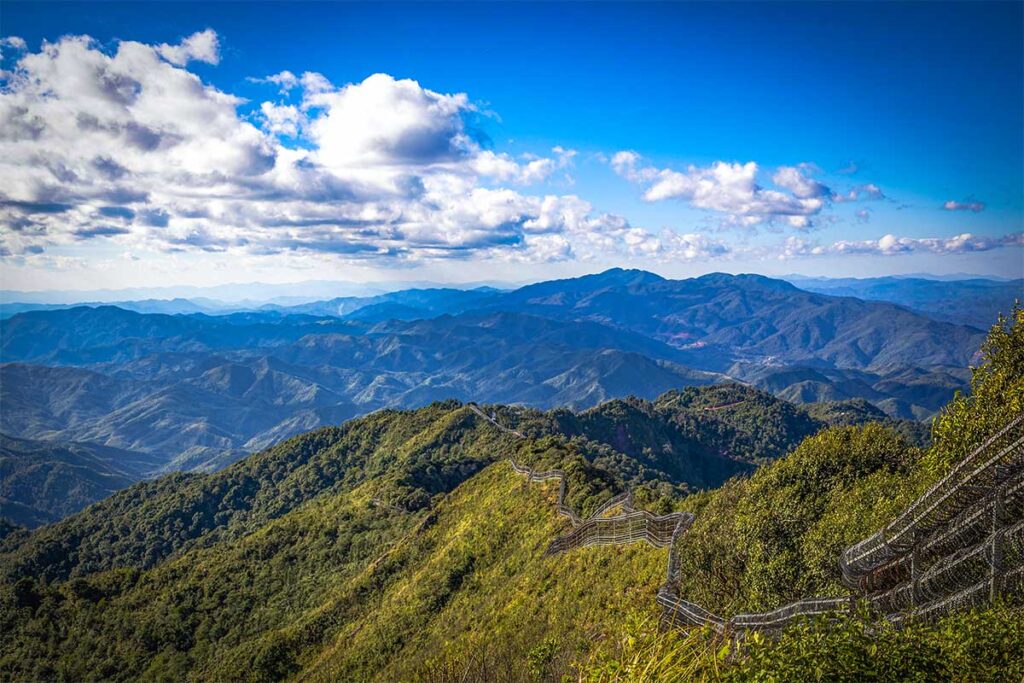
Landmark 0 marks the precise point where the borders of Vietnam, Laos, and China meet—a rare tri-border junction and the symbolic westernmost point of Vietnam. The granite monument has three sides, each engraved with a national emblem and name in the respective country’s language. It’s a unique and important site for locals, but unfortunately, access is often restricted for foreigners. All visitors must register at Border Post 317, and international travelers are frequently denied permission due to border regulations.
Trekking to Landmark 0
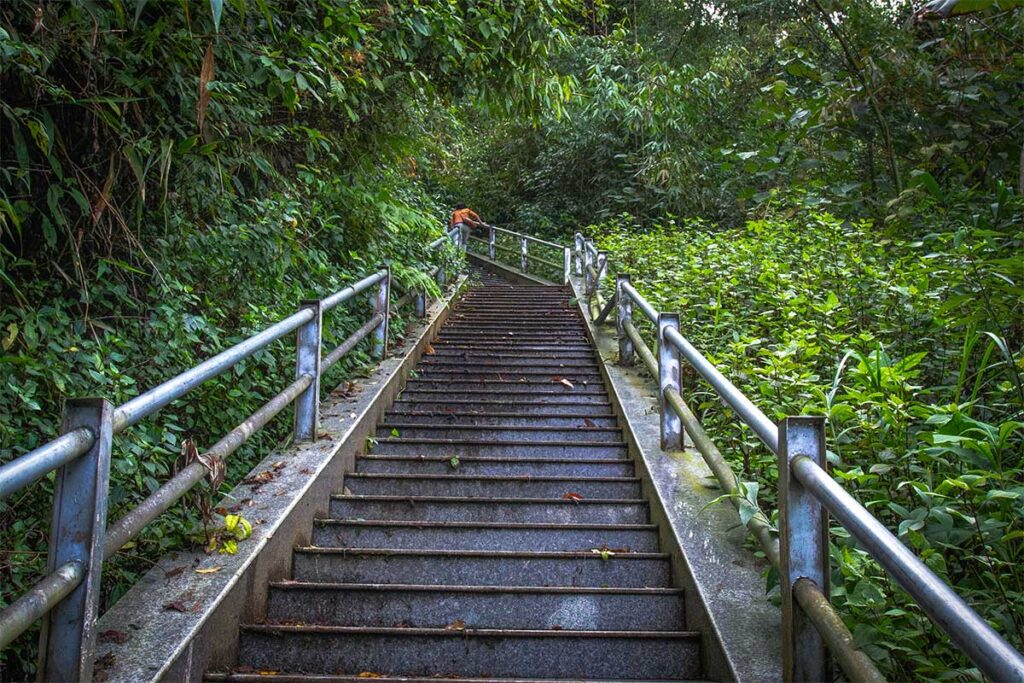
From Station 317, you can travel about 9 kilometers by motorbike along a rough road to the base of the Khoang La San mountain. From there, it’s a 3-kilometer trek through forest and steep terrain, with an elevation gain of over 800 meters. The path can be slippery during the rainy season and includes sections with steep, continuous climbs—especially the middle stretch, where 600 meters of trail rise more than 400 meters in altitude. You should be in decent physical condition to complete the round trip, which takes around 1.5 to 2 hours on foot.
2. A Pa Chai Flagpole
Completed in 2025, the A Pa Chai flagpole was built on a nearby mountain peak about 1.4 kilometers from Landmark 0. Inspired by the famous Lung Cu Flagpole in Ha Giang, this 45-meter-tall structure stands on an octagonal base and is decorated with stone reliefs depicting ethnic cultures and historic themes. Although not positioned at the tri-border point itself, the flagpole serves as a powerful national symbol and offers wide views over the rugged, mountainous terrain of this remote frontier.
3. Ethnic cultures, Village life & Local homestays
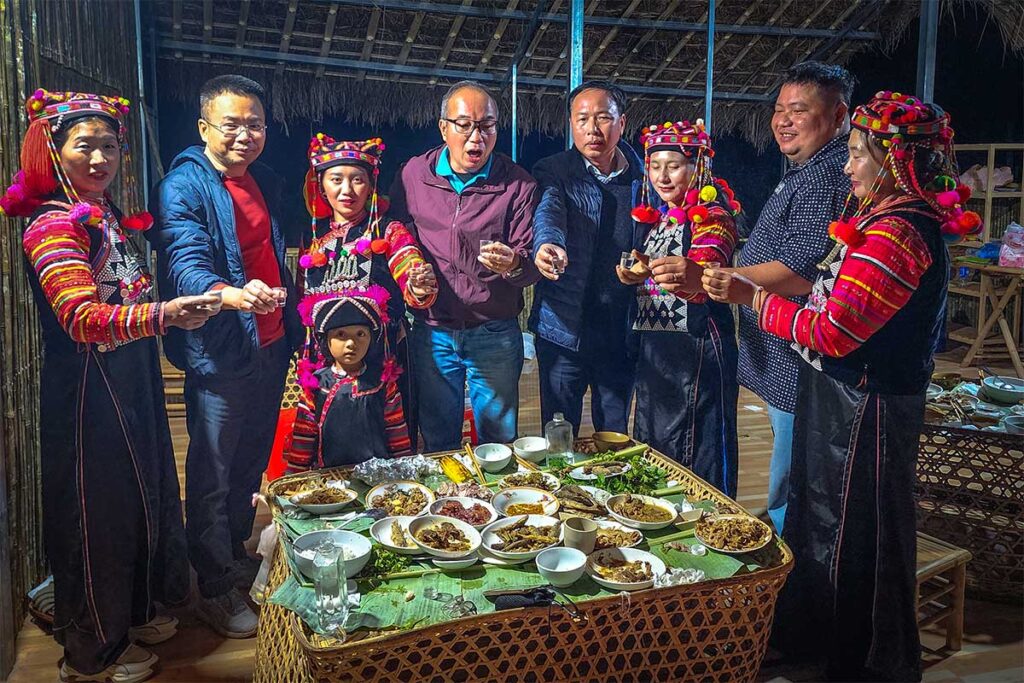
A Pa Chai is home to the Ha Nhi and other ethnic minorities, many of whom still live according to traditional customs. Farming, animal husbandry, and communal festivals define daily life in the small villages scattered across the hills. If you’re able to stay overnight, some families offer homestay experiences—typically simple accommodations with shared meals and a warm, curious welcome.
If your visit falls on the 3rd, 13th, or 23rd of the month, you might also witness the small border market near Milestone 3. It’s not a tourist attraction but rather a local trading spot where communities from both sides of the border exchange goods. It’s a rare glimpse into real-life cross-border interaction.
4. Milestones and Border Points
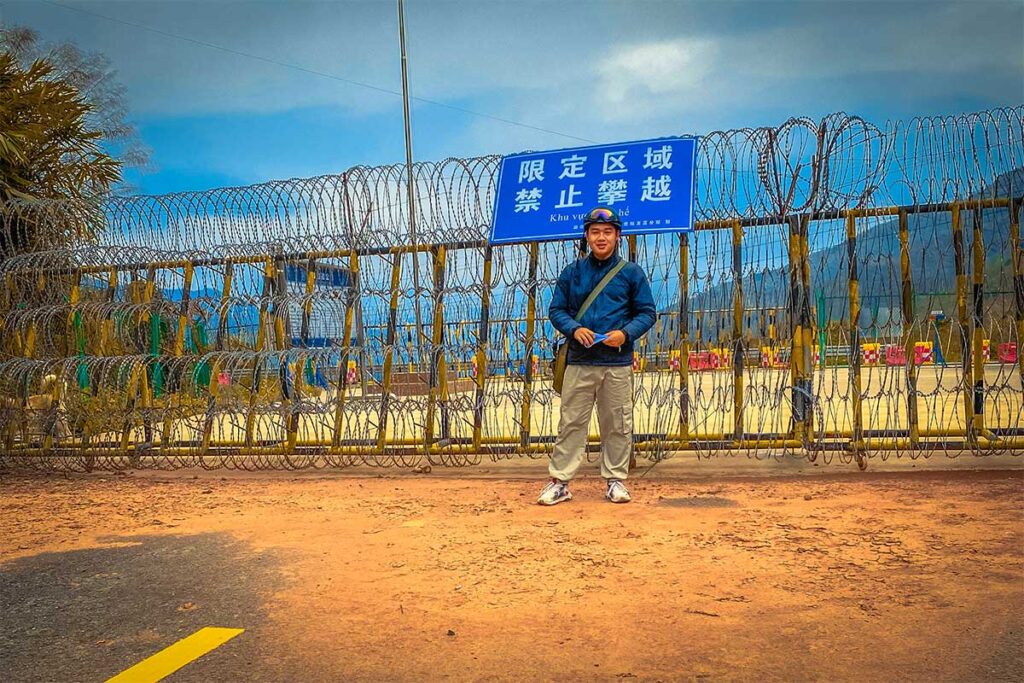
Beyond Landmark 0, there are other border markers in the area, including Milestones 2 and 3 along the Vietnam–China boundary. These are occasionally reachable by foot or motorbike depending on road conditions and permit restrictions. While less well-known than Landmark 0, they’re peaceful, scenic spots and can make for good photo opportunities—if you’re allowed access. Keep in mind that many of these border points remain off-limits to foreign travelers.
5. Mountain scenery & Remote landscapes
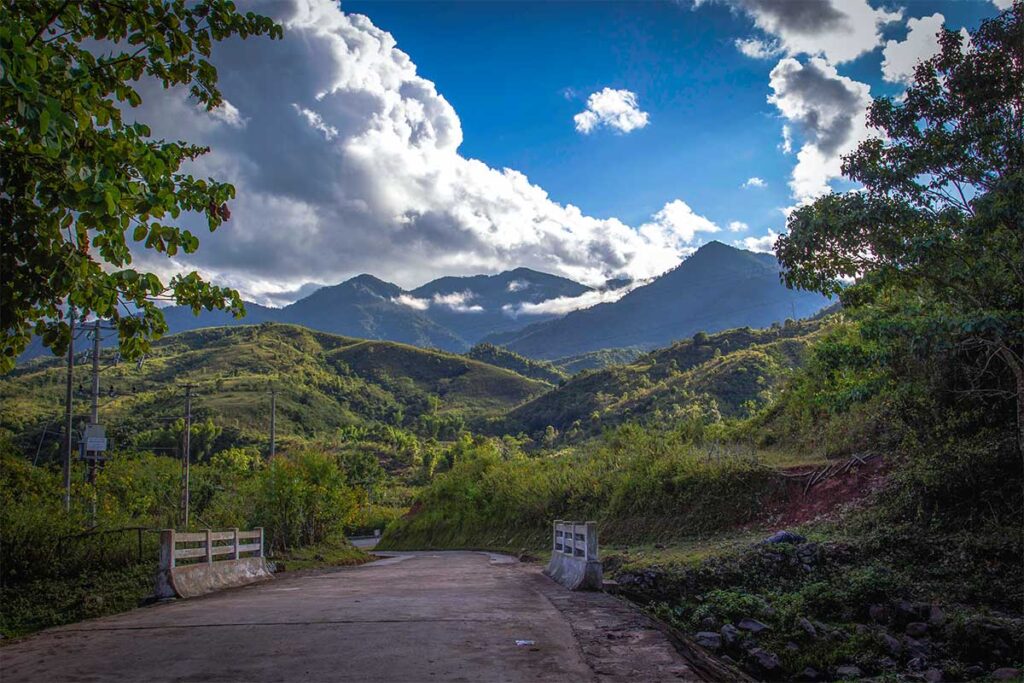
A Pa Chai lies deep in the mountainous frontier of northwestern Vietnam, and the journey itself is part of the reward. The landscape here is striking—thick forests, narrow ridges, and long stretches of winding road through untouched valleys. The Khoang La San mountain range dominates the region, with layered hills often hidden in mist or dotted with terraced fields.
If you travel from Lai Chau via Muong Te and Pac Ma, you’ll follow a spectacular route along the Da River, where steep cliffs, quiet villages, and riverside viewpoints offer some of the most underrated scenery in the northwest. Even on the more common route from Dien Bien Phu, you’ll pass through dense forest, remote hamlets, and panoramic viewpoints that give a real sense of Vietnam’s wild and forgotten edge. The dry season (roughly November to April) offers the clearest skies and most accessible roads.
How to get to A Pa Chai
Reaching A Pa Chai is a serious journey, even by Vietnam’s remote travel standards. Before planning your trip, keep in mind that foreigners are often not allowed to enter key parts of the border zone, including Landmark 0. While Vietnamese travelers can freely register at the border post, international visitors may be turned away. That said, if you’re looking for an authentic adventure to one of the most remote corners of Vietnam, the road to A Pa Chai is worth considering for the journey itself.
Reaching Dien Bien Phu
The first step is getting to Dien Bien Phu, the provincial capital and the main gateway to northwest Vietnam.
- Flights: Vietnam Airlines operates daily flights from Hanoi to Dien Bien Phu. The flight takes about 1 hour and is the fastest and most comfortable option.
- Sleeper Bus: Multiple bus companies run overnight routes from Hanoi to Dien Bien Phu. The journey takes 12–13 hours, typically departing from My Dinh Bus Station. It’s a long but budget-friendly option.
- Motorbike: For experienced riders, the route from Hanoi through Mai Chau, Son La, and Tuan Giao to Dien Bien is one of the most scenic in northern Vietnam. The full ride takes 2–3 days, with steep mountain passes and small towns along the way. Only attempt this if you’re confident on a manual or semi-automatic bike and fully licensed.
For more details, see our full guide: From Hanoi to Dien Bien Phu
Dien Bien Phu to A Pa Chai
From Dien Bien Phu, it’s a 250+ km journey to A Pa Chai via Muong Cha, Muong Nhe, and Sin Thau. The roads are winding, mountainous, and in many sections poorly maintained. While it’s technically possible to drive straight in one long day (around 6.5 hours), most travelers should plan for a two-day trip, especially if driving by motorbike.
There are no tourist buses or convenient transfers to A Pa Chai. Here are your main options:
- Private Car with Driver: The safest and most comfortable way. You can stop along the way to enjoy the scenery, and the driver can help with navigating remote roads and local logistics.
- Motorbike (Self-Drive): Suitable only for very experienced riders. Expect remote stretches, sharp curves, and occasional landslides or rough patches. Make sure your bike is in excellent condition and carry extra fuel.
- Easy Rider (Back of Motorbike with Guide): A good middle ground. You get the scenic motorbike experience without the stress of driving yourself. This is also the best option if you don’t have a valid motorbike license.
Where to stay in and around A Pa Chai
Because A Pa Chai is one of the most remote places in Vietnam, accommodation options are limited—both along the road from Dien Bien Phu and in the village area itself. You won’t find anything on booking platforms, and there are no hotels in the conventional sense. Still, with some flexibility, you’ll find places to sleep that offer a rare, authentic experience.
Accommodation along the route
If you’re breaking the journey from Dien Bien Phu into two days—as most travelers should—you’ll find a handful of basic guesthouses along Highway 12, especially around Nam Po. These are usually marked as “Nhà nghỉ” (Vietnamese for guesthouse), and most aren’t listed online. Some appear on Google Maps, which can help with basic trip planning, but in many cases you’ll simply need to spot them while driving.
Rooms are simple but sufficient for an overnight stay: expect a clean bed, hot water (sometimes), and little else. These are not tourist accommodations—just small roadside places used by Vietnamese travelers and truck drivers—so don’t expect English service or amenities. Still, if you manage your expectations, they serve their purpose well.
Staying in A Pa Chai (Sin Thau Commune)
A Pa Chai itself (Sin Thau Commune) has very few places to stay, but it’s not impossible. There are some small guesthouses and family-run homestays, including options close to Border Post 317, where most visitors register before attempting to reach Landmark 0.
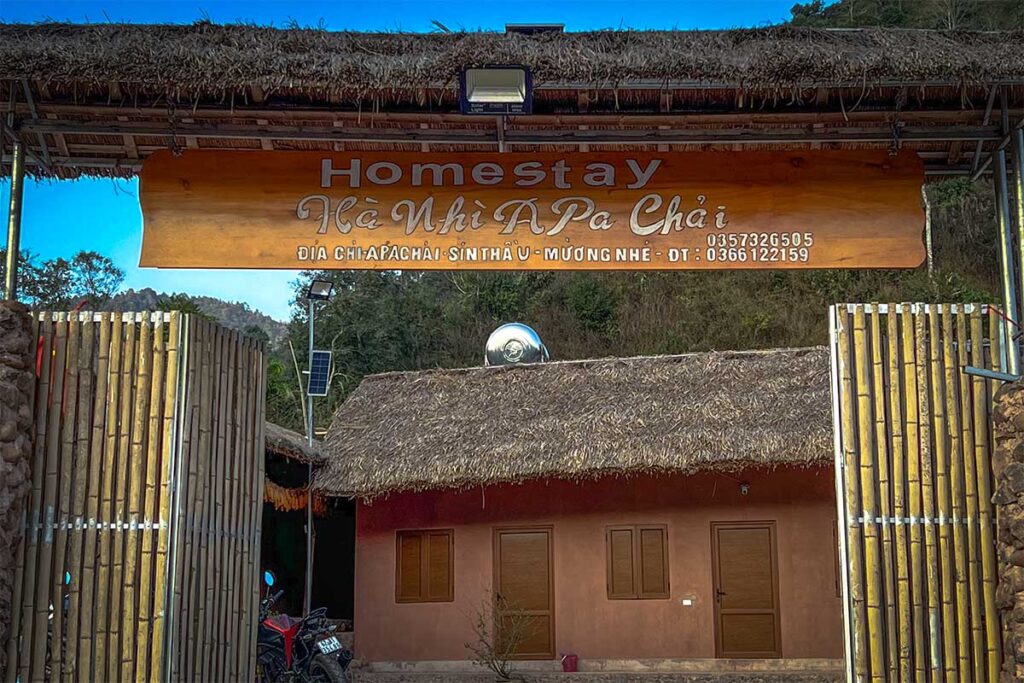
These accommodations are extremely local and not officially geared toward foreign guests. In Vietnam, all homestays and hotels—whether in big cities or remote villages—are legally required to register foreign guests with the local police. In sensitive border zones like A Pa Chai, this requirement is more strictly enforced, and not all hosts may know how to do this properly.
That said, because so few foreigners come here, you’ll often be met with warmth and curiosity. The families are generally welcoming and will try to help however they can, even if communication is limited to smiles and gestures. If you can arrange your stay in advance, it’s wise to confirm whether they’re able (and allowed) to host foreign guests.
Staying with an ethnic minority family is often the most memorable option. These homestays are very basic, but offer real insight into everyday life in this remote border area. You’ll likely share dinner with the family, sleep in a communal wooden house or stilted room, and get a glimpse into a way of life that hasn’t changed much in generations.
Tips for visiting A Pa Chai
Driving tips
Only attempt this trip if you’re an experienced rider used to mountain roads. Parts of the route are steep, narrow, and poorly maintained—not suitable for beginners or those only comfortable on automatic scooters.
Motorbike prep
If you’re riding yourself, make sure your bike is in excellent condition. Have it serviced before the trip, check the brakes, and bring a spare fuel bottle—there can be long stretches without gas stations, especially after Muong Nhe.
Border permits
Foreigners officially need permission to enter the border zone, and in practice, access to Landmark 0 is usually not granted. Always ask ahead at Border Post 317 or contact local authorities before going all the way there.
Pack essentials
There are no convenience stores or pharmacies once you leave the main towns. Bring everything you might need: sunscreen, insect repellent, basic medicine, hygiene supplies, and any small gear you rely on.
Weather & Best time to go
The dry season (November to April) is the safest and most scenic time to visit. Avoid rainy months, as landslides and washed-out roads are a real risk. In winter, nights are cold—especially in poorly insulated homestays—so pack warm clothes.
Clothing advice
Wear long, durable layers for protection from cold, sun, and vegetation. Trekking shoes or sturdy hiking sandals are recommended, and a lightweight raincoat is useful even in the dry season for misty mornings or forest humidity.
Food & Water
Local eateries are sparse, and menus are very basic—meat, rice, and vegetables only, often with little variety. If you’re a picky eater or have dietary restrictions, bring your own snacks. Always carry extra drinking water, especially during the trek.
Is A Pa Chai worth visiting?
That depends entirely on what you’re hoping to get out of the trip. For foreigners, the most iconic part of A Pa Chai—Landmark 0 at the tri-border point—is usually off-limits, no matter how far you’ve traveled to get there. The area isn’t dangerous, and border guards are generally welcoming and polite, but the restrictions are official and not something you can negotiate around.
If your goal is simply to stand at the westernmost point of Vietnam and snap a photo, then A Pa Chai is probably not worth the long and difficult journey. But if you’re drawn to places few travelers reach, and you’re interested in remote landscapes, authentic ethnic culture, and seeing a side of Vietnam that’s rarely documented, then yes—it might be worth it for the journey alone.
Only a handful of foreigners visit this area each year. The roads are tough, the conditions basic, but the experience—of being in such an isolated, welcoming corner of the country—can be memorable even without reaching the landmark itself.
